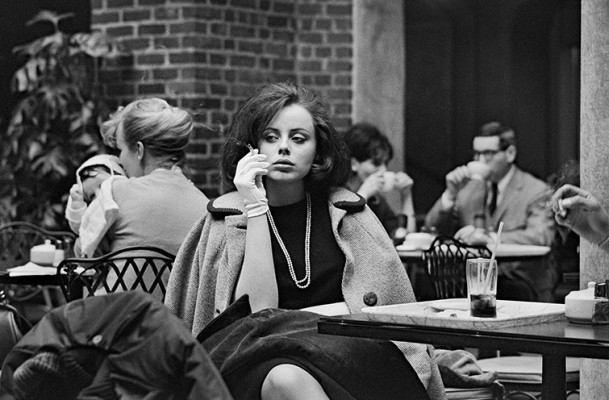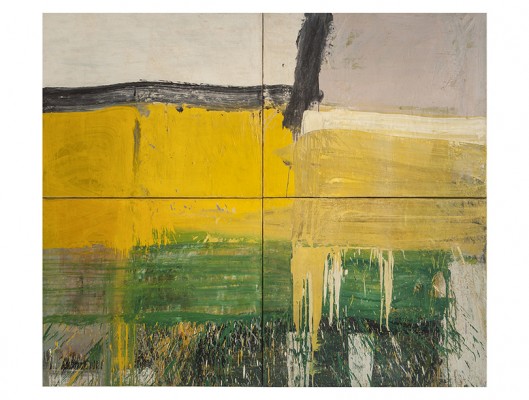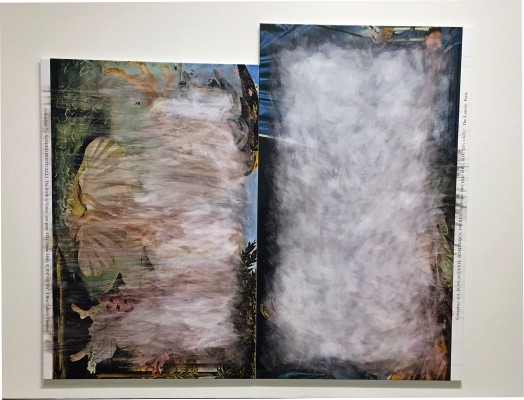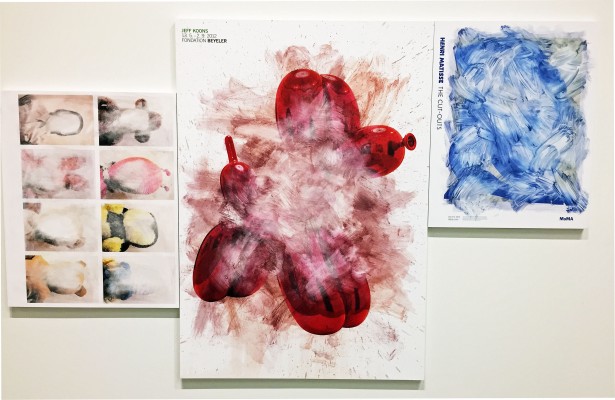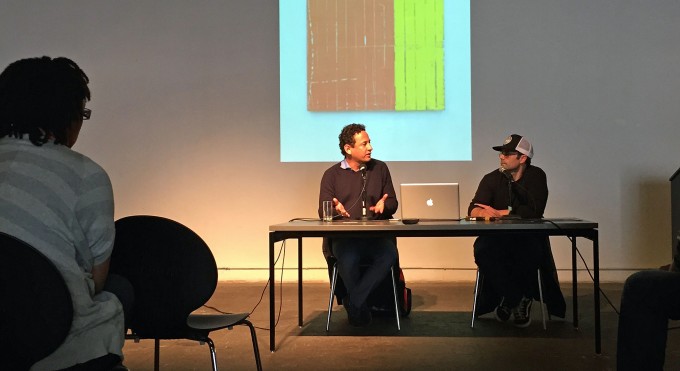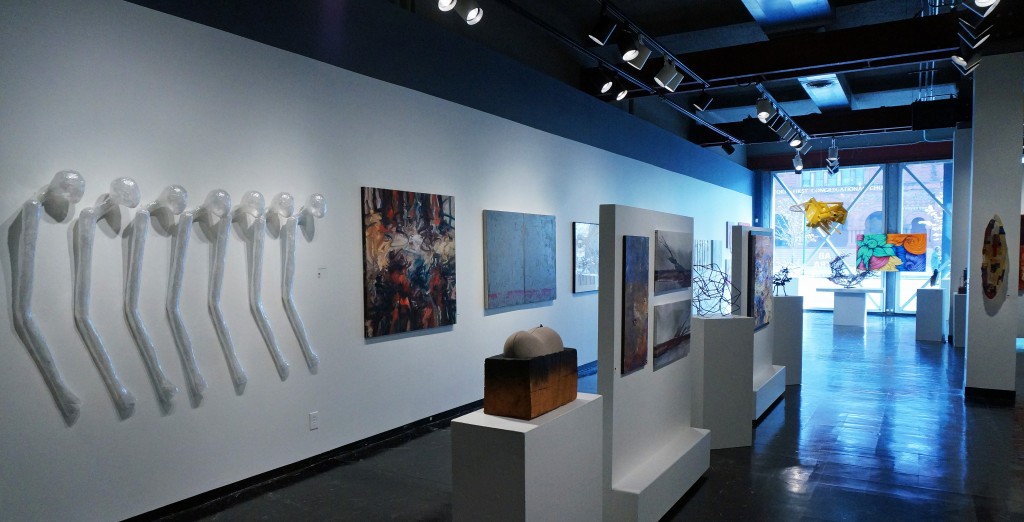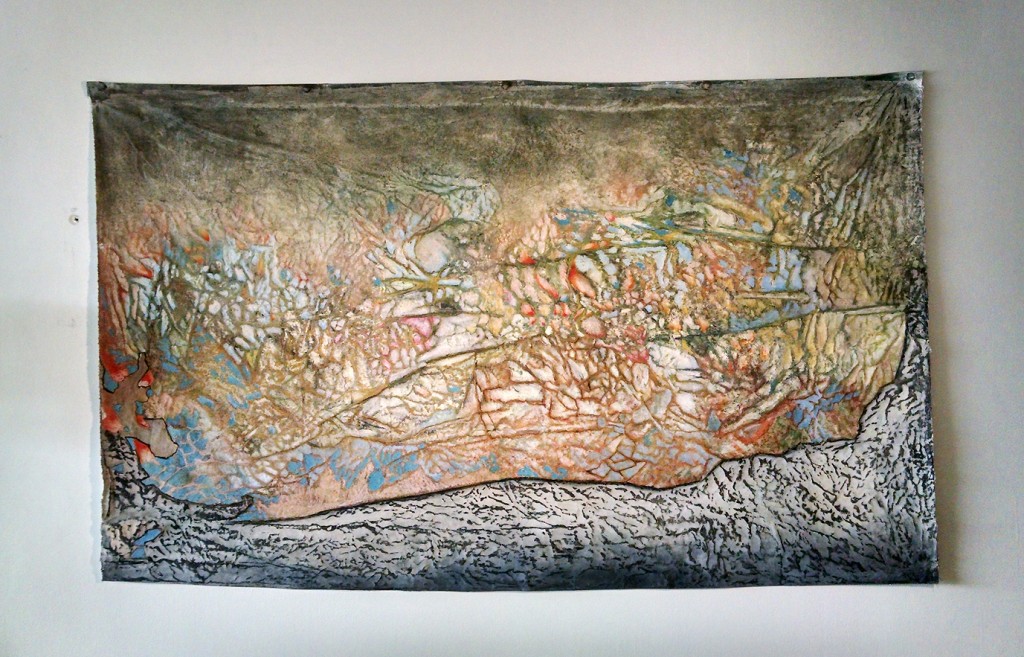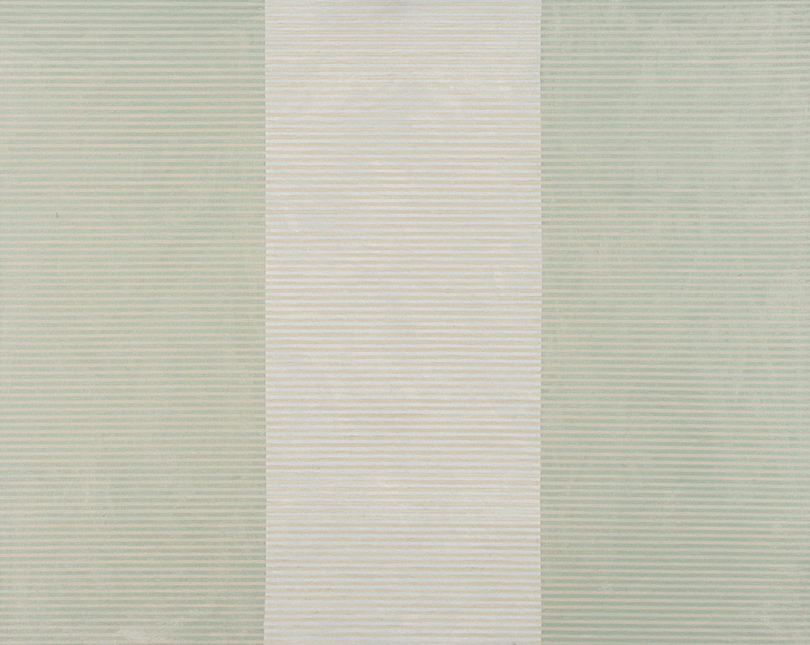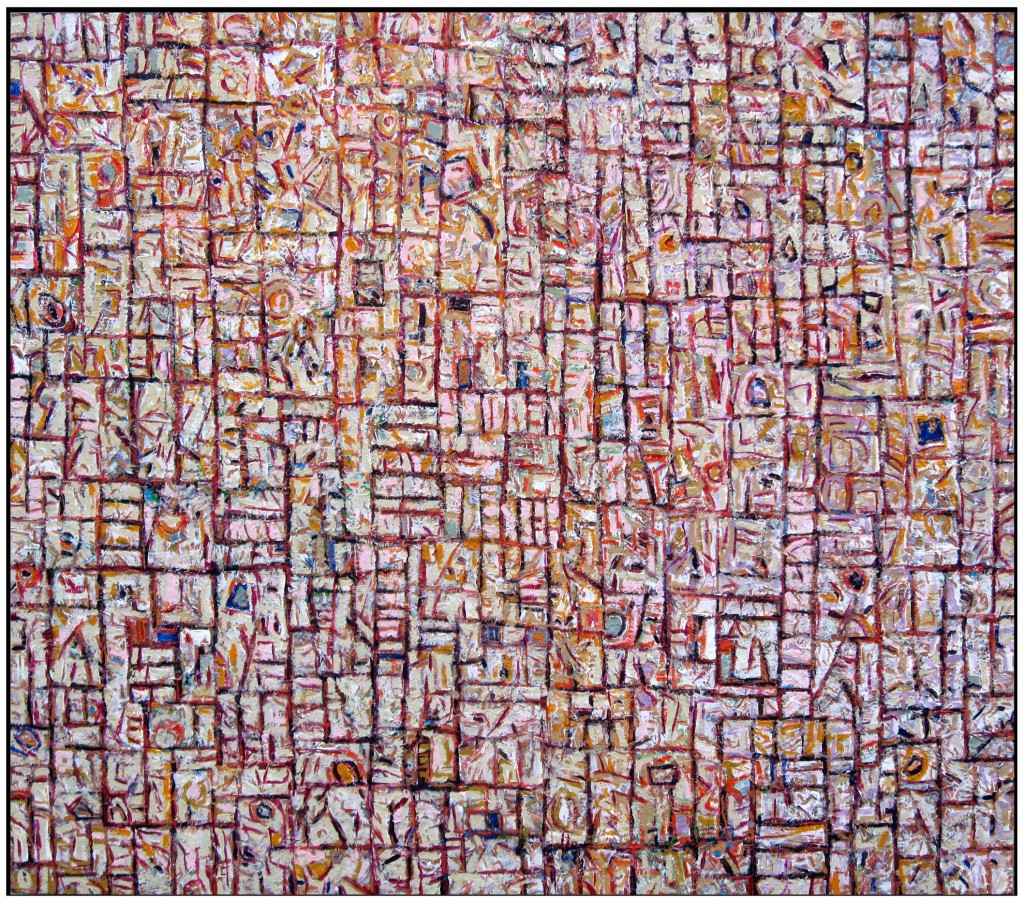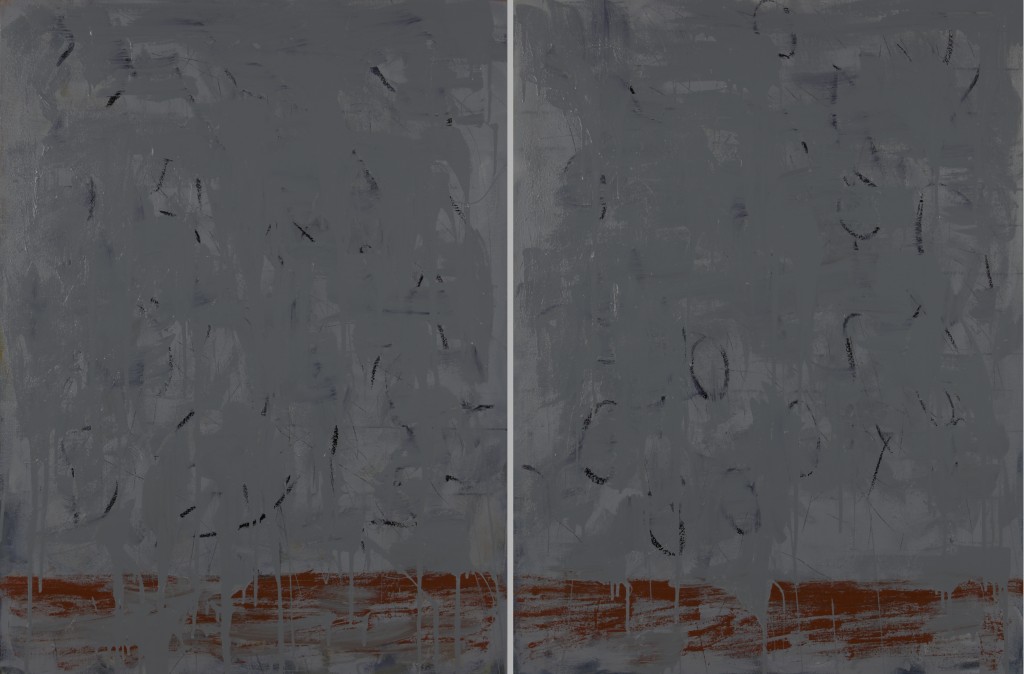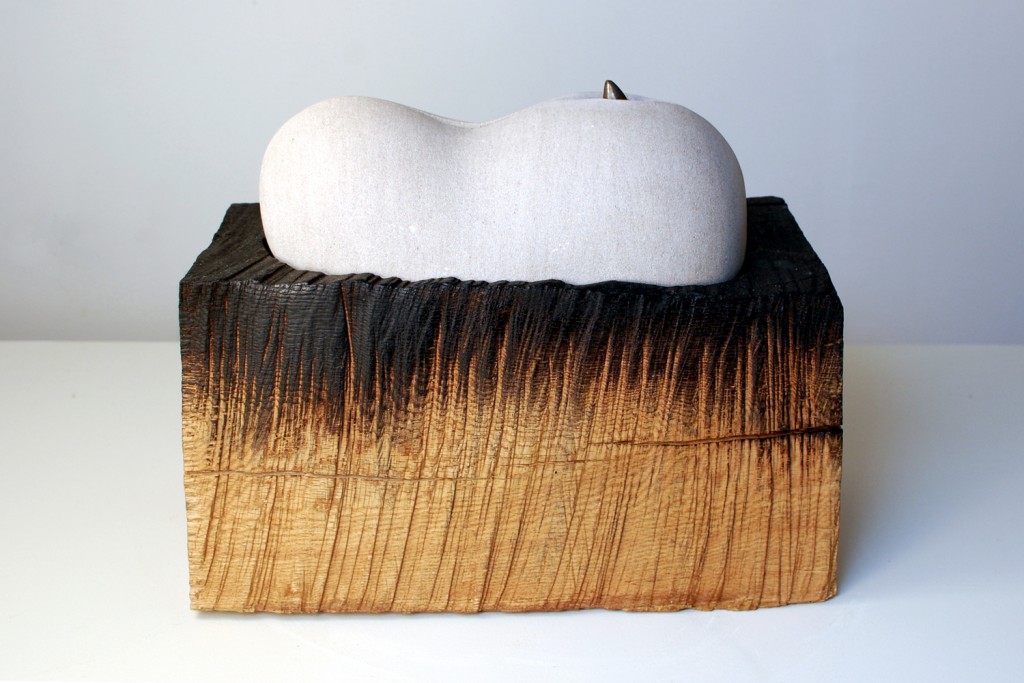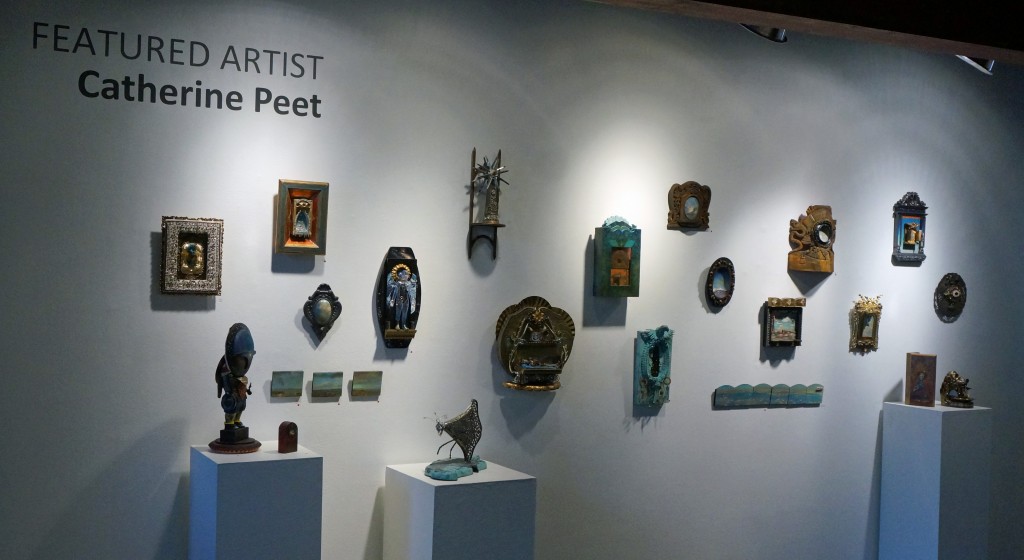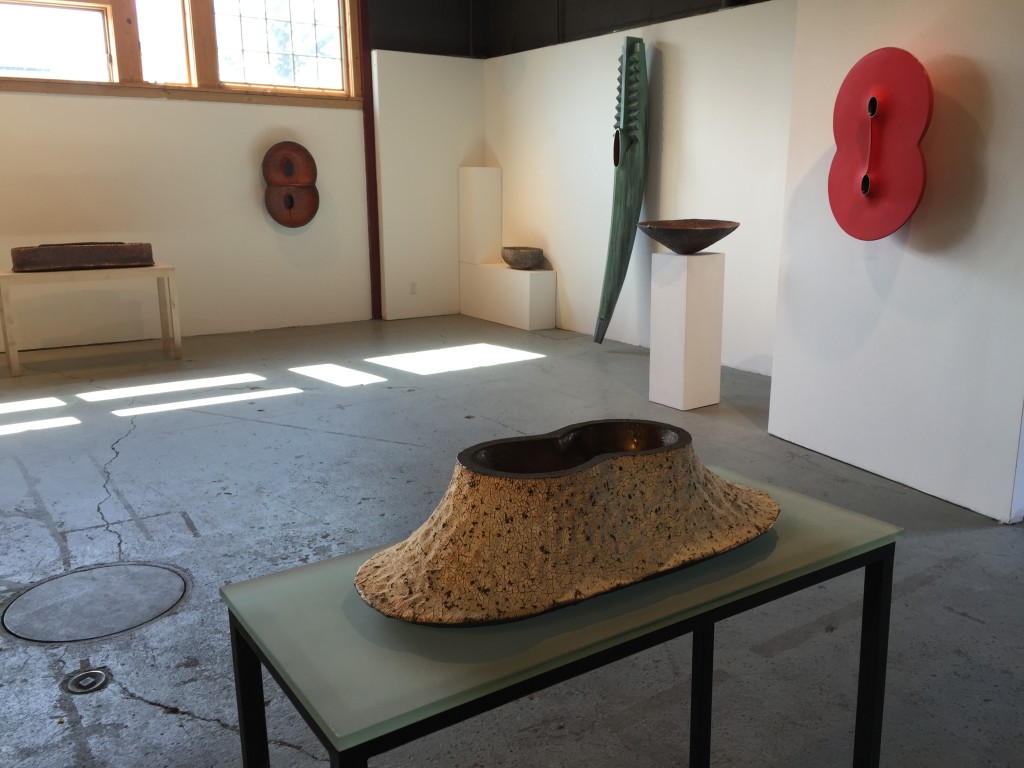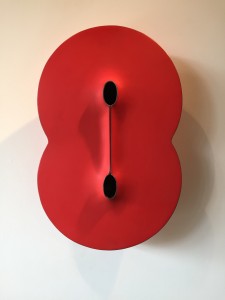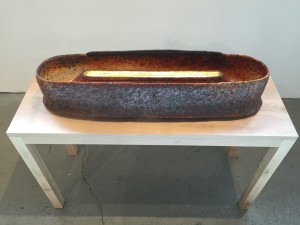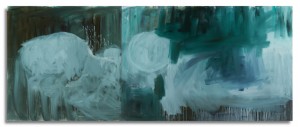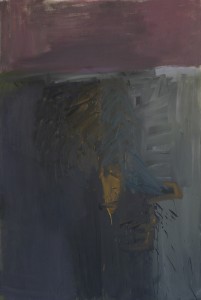Since 1980, the Hill Gallery, under the direction of Timothy and Pamela Hill has been exhibiting fine art that specializes in material exploration and an exceptional 19th and 20th century Folk Art collection. The summer group show, Some Assembly Required, features work among others by Alfred Leslie, Gordon Newton, Joel Shapiro, Mark di Suvero and Bill Rauhauser. I covered Motor City Muse: Then and Now, at the Detroit Institute of Arts, that featured Rauhauser’s photograph Stone Burlesk, where his work was included with photography by Robert Frank and Henri-Cartier Bresson. Rauhauser received the 2014 Eminent Artist award from the Kresge Foundation, where his work was recently on display at the Museum of Contemporary Art Detroit.
Bill Rauhauser, born in Detroit in 1918, received a Bachelor’s Degree in Architectural Engineering in 1943 from the University of Detroit. He spent 18 years in the engineering field before a career change into the field of education. Over the next 30 years, Mr. Rauhauser taught photography at The College for Creative Studies and taught as a guest lecturer at the University of Michigan in Ann Arbor, and at Wayne State University. He has made Detroit his main subject, walking its streets and alleys with his camera since the 1940s, and many of his photographs are in the collection of the Detroit Institute of Arts as well as in numerous private collections.
Born in Detroit in 1948, Gordon Newton began taking art classes at Port Huron Community College. In 1969, he moved to Detroit to attend the Society of Arts and Crafts (now College for Creative Studies) and Wayne State University, both located in Detroit. In 1971, Newton’s work was included in the inaugural exhibition at the Willis Gallery, a cooperative space run by artists working in the Cass Corridor, Detroit. His work has also been included in exhibitions at the Guggenheim Museum, the Whitney Museum of American Art, The Detroit Institute of Arts and most recently the Museum of Contemporary Art Detroit. A reluctant Kresge Fellowship recipient in 2009 is demonstrated by his shy and reclusive lifestyle juxtaposed to his bold and assertive work that often seems like an exploration of material. The work For Turner provides the viewer with an assemblage that reaches out to its audience with art related objects, a metaphor for his approach to painting. The title may reference the work of J.M.W. Turner, the English artist whose work of fluid landscape bordered on abstraction at a time in deep contrast to artists of that era.
Alfred Leslie, the famous abstract expressionistic painter from the 1950s who’s known for losing his oeuvre of fifty paintings in a fire, had his 1956 painting Ornette Coleman in storage at the time. The painting is made up of four panels that demonstrate action, a wide brush stroke, and multiples fields of under painting, which provide the viewer with a rich sense of composition and color. If there were an influence, it would have to be Willem deKooning. I can think of few artists who have worked in so many genres that include super-realist figure painting, sculpture, drawing, collage, and computerized photography. In a 2009 Art in America interview with Judith Stein, he is quoted as saying “Subverting expectations has always been integral to my work.”
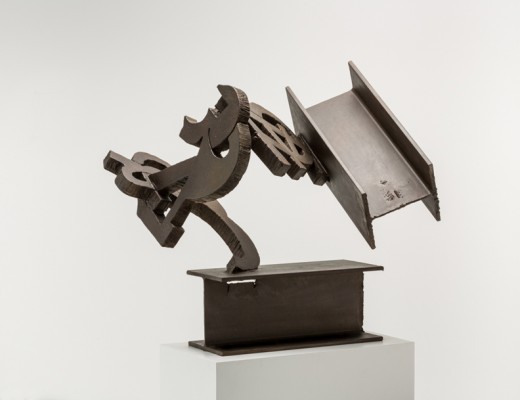
Mark di Suvero
“Untitled Sculpture”
2003
Cut and Welded Steel
37”H x 43”W x 24”D
Image Courtesy Hill Gallery
Mark di Suvero was a philosophy major at the University of California before moving to New York City in 1957 to pursue a career in sculpture. His early work was constructed of large wooden timbers and structural steel that pave the way to an Abstract Expressionistic approach to sculpture. In 2010, di Suvero received the National Medal of Arts from the National Endowment for the Arts. In a quote from the NEA Blog, he says, “I’ve been doing it for more than fifty years, so it’s just become a regular routine. I go to work until I am exhausted… That’s the kind of principle that I work with, and I’m very much hands-on so that I don’t send my work out to fabricators.” In the Untitled piece in the Hill Gallery, there is a rough elegance of balance where two pieces of I-Beam steel are connected in contrast by abstract shapes. It simply plays on weight, space, and shape.
The Hill Gallery selects works from artists who have been recognized both locally and nationally and who have defined an authentic aesthetic voice. Their involvement with these artists is long-term and personal, with many relationships of 20 years or more.
Some Assembly Required June 4th- July 9th


